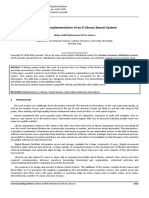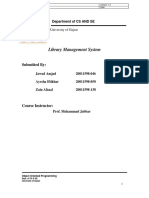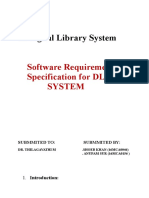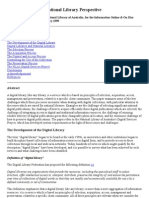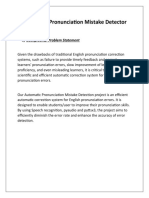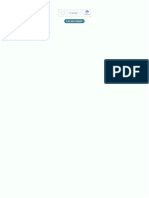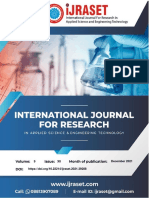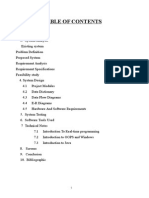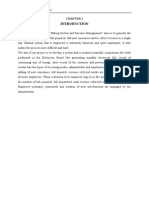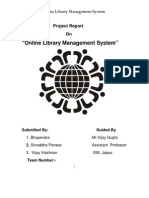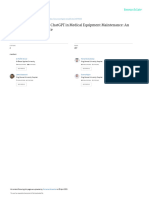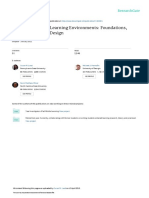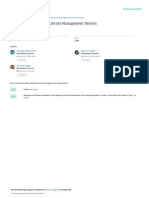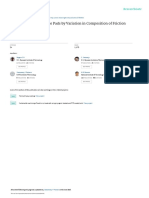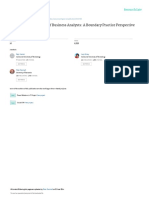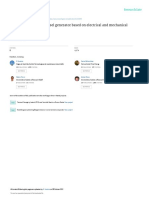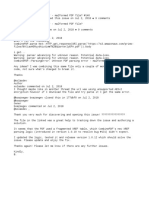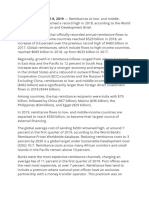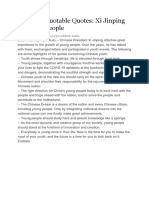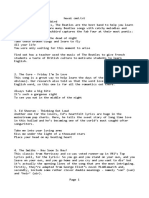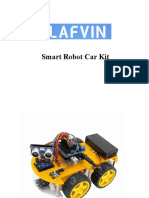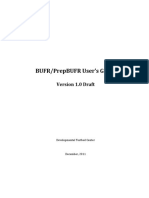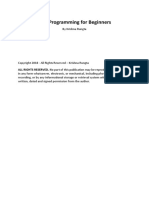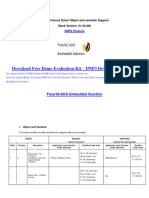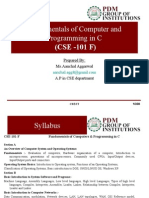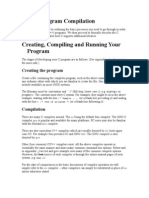0% found this document useful (0 votes)
205 views13 pagesNSU Library System
This document discusses the experiences of customizing the web-based bilingual library management system at North South University in Bangladesh. Key points:
- The library management system was customized over 15 years and includes modules for online lending/returning, searching bibliographic databases and full text resources, digital repositories, and more.
- The library has over 45,000 books and resources, 50,000 e-books, 40,000 online journals, and subscribes to databases and journals. It also developed digital repositories for articles, books, theses, and news clippings.
- Customizing their own system allowed them to incorporate new features and modules as needed, overcome obstacles, and provide various functions like RF
Uploaded by
shaCopyright
© © All Rights Reserved
We take content rights seriously. If you suspect this is your content, claim it here.
Available Formats
Download as PDF, TXT or read online on Scribd
0% found this document useful (0 votes)
205 views13 pagesNSU Library System
This document discusses the experiences of customizing the web-based bilingual library management system at North South University in Bangladesh. Key points:
- The library management system was customized over 15 years and includes modules for online lending/returning, searching bibliographic databases and full text resources, digital repositories, and more.
- The library has over 45,000 books and resources, 50,000 e-books, 40,000 online journals, and subscribes to databases and journals. It also developed digital repositories for articles, books, theses, and news clippings.
- Customizing their own system allowed them to incorporate new features and modules as needed, overcome obstacles, and provide various functions like RF
Uploaded by
shaCopyright
© © All Rights Reserved
We take content rights seriously. If you suspect this is your content, claim it here.
Available Formats
Download as PDF, TXT or read online on Scribd
/ 13
